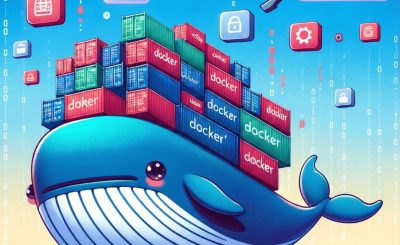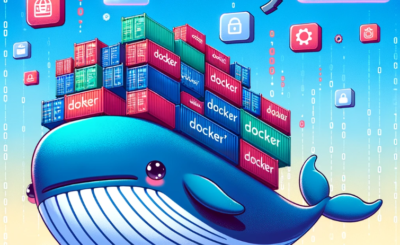Table of Contents
- 1 Introduction
- 2 Understanding the Conflict Error
- 3 How to Fix Conflict Errors in Docker
- 4 Best Practices to Avoid Conflict Errors
- 5 Frequently Asked Questions (FAQs)
- 6 Conclusion
Introduction
Docker has revolutionized the way we develop, ship, and run applications. However, as with any technology, it’s not without its issues. One common error encountered by developers is the conflict error, specifically the “Error response from daemon: Conflict.” This error can be frustrating, but with the right approach, it can be resolved efficiently. In this guide, we will explore the causes of this error and provide step-by-step solutions to Fix Conflict Error When Running Docker Container.
Understanding the Conflict Error
What is the “Error response from daemon: Conflict”?
The conflict error typically occurs when there is a naming or resource conflict with the Docker containers. This could be due to an attempt to start a container with a name that already exists or resource constraints that prevent the container from running.
Common Causes
- Container Name Conflict: Attempting to start a new container with a name that is already in use.
- Port Binding Conflict: Trying to bind a port that is already being used by another container.
- Volume Conflict: Conflicts arising from overlapping volumes or data mounts.
How to Fix Conflict Errors in Docker
Step 1: Identifying Existing Containers
Before addressing the conflict, it’s crucial to identify existing containers that might be causing the issue.
docker ps -aThis command lists all containers, including those that are stopped.
Step 2: Resolving Container Name Conflicts
If the error is due to a container name conflict, you can remove or rename the conflicting container.
Removing a Conflicting Container
docker rm <container_name>Renaming a Container
docker rename <existing_container_name> <new_container_name>Step 3: Addressing Port Binding Conflicts
Check the ports being used by existing containers to ensure no conflicts when starting a new container.
docker ps --format '{{.ID}}: {{.Ports}}'Stopping or Removing Conflicting Containers
docker stop <container_id>
docker rm <container_id>Step 4: Handling Volume Conflicts
Ensure that volumes or data mounts are not overlapping. Inspect the volumes used by containers:
docker volume ls
docker inspect <volume_name>Removing Unused Volumes
docker volume rm <volume_name>Best Practices to Avoid Conflict Errors
Unique Naming Conventions
Adopt a naming convention that ensures unique names for containers.
Port Allocation Strategy
Plan and document port usage to avoid conflicts.
Regular Cleanup
Periodically clean up unused containers, volumes, and networks to reduce the likelihood of conflicts.
Frequently Asked Questions (FAQs)
What causes the “Error response from daemon: Conflict” in Docker?
This error is typically caused by naming conflicts, port binding issues, or volume conflicts when starting or running a Docker container.
How can I check which containers are causing conflicts?
You can use docker ps -a to list all containers and identify those that might be causing conflicts.
Can I rename a running Docker container?
No, you must stop the container before renaming it. Use docker stop <container_name> followed by docker rename <existing_container_name> <new_container_name>.
How do I avoid port-binding conflicts?
Ensure that you plan and document the port usage for your containers. Use the docker ps --format '{{.ID}}: {{.Ports}}' command to check the ports in use.
What is the best way to clean up unused Docker resources?
Use the following commands to clean up:
docker system prune -a
docker volume pruneThese commands remove unused containers, networks, images, and volumes.
Conclusion
Docker conflict errors can disrupt your development workflow, but with a clear understanding and the right approach, they can be resolved swiftly. By following the steps outlined in this guide and adopting best practices, you can minimize the occurrence of these errors and maintain a smooth Docker environment. By following this guide, you should be able to tackle the “Error response from daemon: Conflict” error effectively. Remember, regular maintenance and adhering to best practices will keep your Docker environment running smoothly. Thank you for reading the DevopsRoles page!

